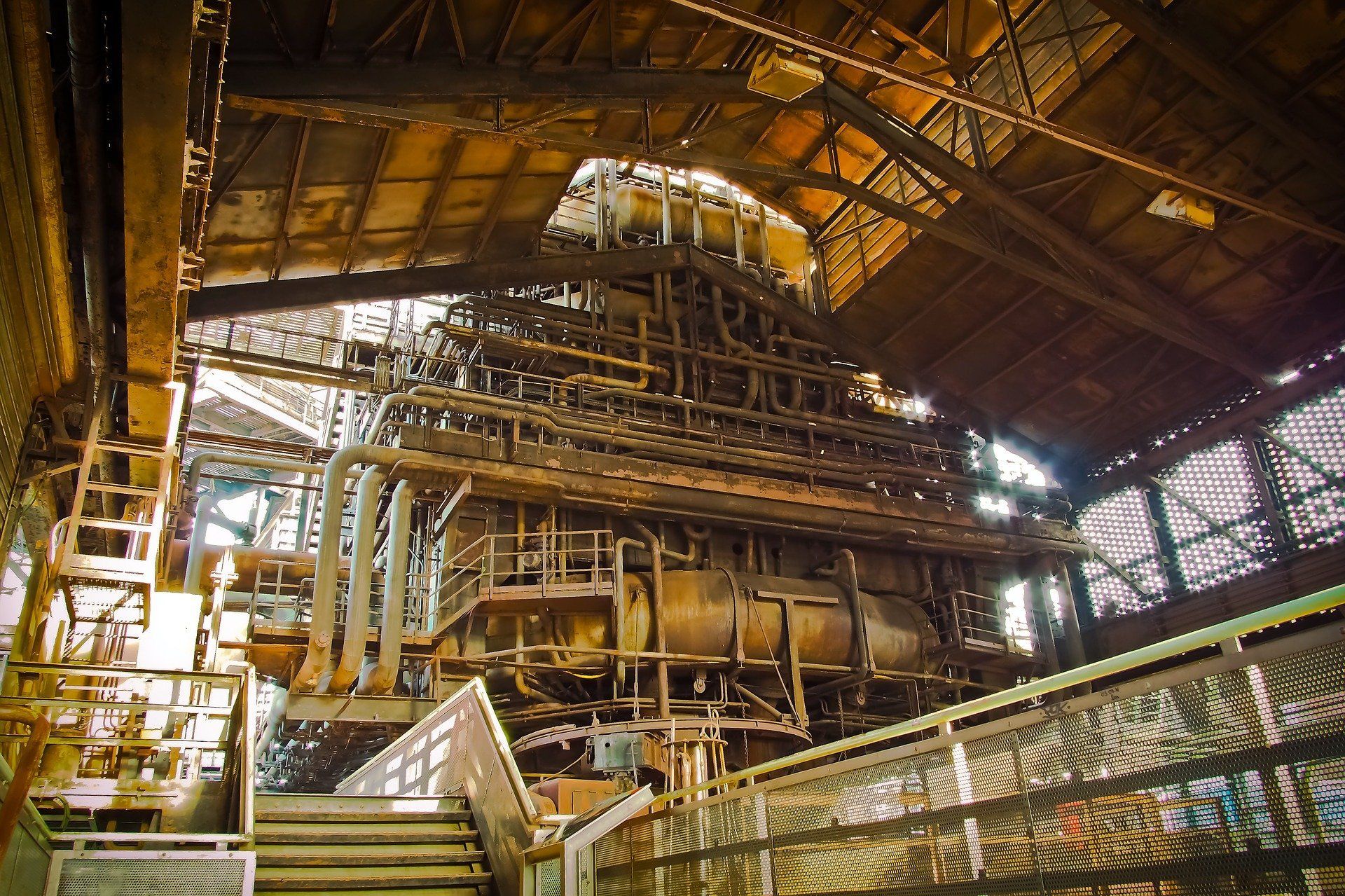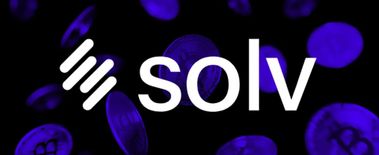Image by Michael Schwarzenberger from Pixabay
There are numerous myths surrounding the usage, benefits, and implementation of ERP (enterprise resource planning) and EAM (enterprise asset management). Most of them arise from the fact that individuals take them as similar SaaPs, while they are actually quite different solutions.
Moreover, their rarity makes it difficult to experience their usage first-hand, creating a lot of misconceptions over time. Before we discuss what makes them different, and the various myths that surround them, we’ll first explain what enterprise asset management and enterprise resource planning are. We’ll also delve into what approach you should take for your company.
Defining EAM
EAM is a business acronym that means enterprise asset management. In essence, it is a software that offshoots from CMMS — computerized maintenance management system. This kind of app oversees the lifecycle of different assets, and businesses usually use various verticals that depend on complex physical assets such as fleets of vehicles, machines, and equipment.
The software focuses on providing maintenance, supervising, optimizing, and predicting so that a company that uses it can make the most of its assets.
Defining ERP
ERP is also a business acronym that means enterprise resource planning. Companies utilize this software in order to monitor and direct a broad range of daily operational tasks in a wide slew of verticals and business models. Some entrepreneurs call ERP the jack-of-all-trades of the programming world, and they would be right to do so.
ERP comes equipped with a slew of business process management tools that monitor your company’s information. These tools cover a wide umbrella of abilities that can replace or work together with different other kinds of programs for some companies.
Based on previous business integrations, it’s best to implement ERP software with specialists from the same industry. For instance, if a business is in a food and beverage industry, then it would be only natural to use food and beverage industry ERP specialists.
But aren’t ERP and EAM one and the same?
Now that we have a general knowledge about what ERP and EAM are, and what they do, their main distinctions should be pretty obvious. EAM (enterprise asset management) is way more limited in scope — it concentrates on supervising maintenance and life cycles of your company’s assets.
ERP (enterprise resource planning) has a wider scope. The software comes with a slew of various program systems all in a single platform. Yes, ERP does have some similar features like EAM when it comes to asset supervision and planning finance. And yes, a lot of ERP systems come equipped with asset supervision modules. However, EAM is a lot more solid of a solution regarding small details of asset management, while ERP can only cover a basic range of functions.
ERP can cover for some EAM features, but not always. EAM solutions are able to complete a lot more particular tasks than ERP solutions. However, they don’t come with anything outside of asset supervision and maintenance.
Why ERP is not the same as quality management software
While enterprise resource planning solutions do cover manufacturing and distribution under their features, they are not the same as quality management systems, or software such as QualityOne.
ERP can increase the productivity of your business as it automates and consolidates manufacturing processes such as cost analysis, production synchronization/management, and plans for capacity requirements. You get to automate repetitive operations, while your workers have more time for complex, creative, and managerial tasks.
However, unlike quality management software, ERP can’t lower the cost of quality and immediately deploy corrective operations within your company and over your supply chain. Quality management software helps you be audit-ready at any given time. With it, you can search for and present CAPA reports, quality documents, audit trail, and any other paperwork you might require.
Moreover, quality management systems let you immediately discover and repair any quality issues. You can overview every product line, explore the core cause of the quality problems, and utilize corrective action with accuracy. There are also many other differences between ERP and quality management software, but hopefully, this has explained enough why they aren’t similar.
Enterprise resource planning software is only there to impress my clients
This is one of the most pervasive myths about ERP out there. However, as all myths, it has no place in reality. Of course, you wouldn’t be lying if you said that enterprise resource planning aids your clients better through enhancement of the task effectiveness of your company. Increasing the effectiveness of your tasks leads to better output quality.
The better the quality of your products or services, the better the relationship with your consumers, and the more they will appreciate you and your business. However, the features and benefits of ERP have a much broader range than only impressing your consumers.
Why using ERP as a one-size-fits-all solution isn’t a viable option
When present between a choice of using ERP and EAM, and ERP alone, most companies go for the later. The choice seems to be an easy one. Both aren’t cheap options, so selecting ERP because it provides a wider range of options looks more cost-effective in the long run.
And although the business solution of using one enterprise resource planning system for every business process still holds sway, this is no longer practical, especially for asset-intensive verticals. In asset-intensive industries like mines, manufacturing plants, oil and gas production, transport, and utility, the expense of unexpected downtime is enormous, not only in profit terms, but also in losing clients, citizens, and shareholder’s trust in a company.
Asset-intensive businesses utilize a plethora of material equipment, machines, tools, linear assets, vehicles, and more. This is where the problem lies. When you use ERP software to oversee assets, you can facilitate your business to lack in important aspects of enterprise asset management — workflow optimization, business process standardization, planning, completing benchmarks, and monitoring key performance indicators.
If you want your business to be able to significantly increase the usefulness of the life cycle of your assets, all while minimizing the risks and paving the way for predictive analysis, there’s a better way — by combining both ERP and EAM.
The lethal combination of ERP and EAM
Combining enterprise resource planning and enterprise asset management applications represents the approach that is more efficient and takes the best from both worlds. However, it also has its flaws. Separate systems facilitate broad organizational ineffectiveness.
When you utilize two different programs and solutions, you increase the complexity associated with having several asset management programs. Especially if you have bought ERP and EAM from multiple vendors. This prevents your company from driving improvement on a macro scale for two reasons.
The first is that when you use separate systems and isolated practices, you can’t benchmark at all. The latter is that using several systems and apps proliferates a non-validated state, ripe for possible compliance risks, outdated apps and hardware, as well as inconsistent usability.
Enterprise resource planning software is expensive — only big conglomerates can pay the price
Fortunately, this also isn’t true. Yes, depending on the business model and its requirements, enterprise resource planning apps and their features vary. And yes, more complex, cutting-edge ERP programs with a slew of functionality are way more costly.
However, fortunate technological advancements such as mobility software and cloud solutions made ERP available to businesses of all sizes. At a lower price. A lot of SaaS companies provide ERP solutions through the SaaS delivery model — you pay for what you use.









